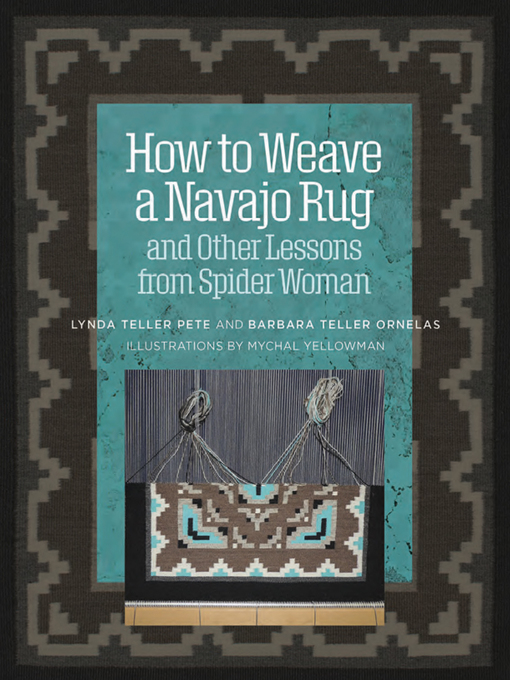Navajo blankets, rugs, and tapestries are the best-known, most-admired, and most-collected textiles in North America. There are scores of books about Navajo weaving, but no other book like this one. For the first time, master Navajo weavers themselves share the deep, inside story of how these textiles are created, and how their creation resonates in Navajo culture. Want to weave a high-quality, Navajo-style rug? This book has detailed how-to instructions, meticulously illustrated by a Navajo artist, from warping the loom to important finishing touches. Want to understand the deeper meaning? You'll learn why the fixed parts of the loom are male, and the working parts are female. You'll learn how weaving relates to the earth, the sky, and the sacred directions. You'll learn how the Navajo people were given their weaving tradition (and it wasn't borrowed from the Pueblos!), and how important a weaver's attitude and spirit are to creating successful rugs. You'll learn what it means to live in hózhó, the Beauty Way. Family stories from seven generations of weavers lend charm and special insights. Characteristic Native American humor is not in short supply. Their contribution to cultural understanding and the preservation of their craft is priceless.
- Available now
- New eBook additions
- New kids additions
- New teen additions
- Most popular
- Try something different
- Always Available - Project Gutenberg
- See all ebooks collections
- Available now
- New audiobook additions
- New kids additions
- New teen additions
- Most popular
- Try something different
- See all audiobooks collections

